
Eight powerful and often cinematic pieces for organ and percussion, jointly composed and performed by long-time collaborators, Montreal composers and improvisers Katelyn Clark and Isaiah Ceccarelli, these 8 compositions developed around improvisations on the historic instruments continuo & portative organs, with percussion including a 40" bass drum, bell plates, and almglocken.
In Stock
Quantity in Basket: None
Log In to use our Wish List
Shipping Weight: 3.00 units
EU & UK Customers:
Discogs.com can handle your VAT payments
So please order through Discogs
Sample The Album:
Katelyn Clark-continuo organ, portative organ
Isaiah Ceccarelli-percussion, continuo organ, analogue synth
Click an artist name above to see in-stock items for that artist.
Label: Another Timbre
Catalog ID: at192
Squidco Product Code: 32031
Format: CD
Condition: New
Released: 2022
Country: UK
Packaging: Cardboard Gatefold
Recorded in Montreal, in December, 2021, by Gabriel Dubuc.
Another Timbre Interview with Katelyn Clark & Isaiah Ceccarelli
You two have collaborated for a number of years (including on two tracks from Isaiah's earlier Another Timbre CD 'Bow'). How has your collaboration endured?
Yes, we've been playing together for over a decade now. Our collaboration has lasted for many reasons - we share a common sense of musical taste and aesthetic, we communicate easily when we play together, and we're good friends and get along very well. We also both grew up on the North American west coast (California and British Columbia) with formative years in the 1990s, so we share a lot of cultural references, which gives us a huge amount of material to build on.
How did you first meet and start working together?
We initially met just being in/around the Montréal music scene. We first played together with a couple of other people in a casual session of improvising, and then met up a few months later to try out some early repertoire for voice and organ. We ended up improvising with portative organ and percussion and started working together from there.
Do you literally compose the pieces together, as a fully collaborative thing, or does one or other of you take charge of each piece as it develops? And what part does improvisation play in the process?
Yes, we create work together as a fully collaborative process, and improvisation is at the base of this process. But we're not really starting from zero for any project at this point. Since we've been working together since 2011, we already have a shared language and an idea of what we can make. We also know our instruments' capacities and create with that in mind. The music on our album grew out of an initial improvisation session that we recorded. Listening back to the recording, we identified a group of ideas that we liked, and then built out and developed the ideas over several sessions working in person. By the end of the process, we had a collection of pieces that we can recreate by ear or with a basic sketch; we don't work from a written score.
The instrumentation, as well as the titles of some of the pieces, suggest that your music is engaging with early music in various ways. Could you say more about this, and why has your music taken this direction?
This is a difficult question to answer. We use copies of portative organs with historical temperaments, since that's what I (Katelyn) use as a historical keyboardist and as an early music specialist, but we aren't directly engaging with early repertoire or historical performance practice. Early music itself is a contemporary movement, so it's really part of many things and expressed in different ways. Beyond my being a historical keyboardist, Isaiah is also an amateur performer of some early vocal music and a fan of several early-music ensembles, as well as being a more general lover of (musical) history. These aspects influence his musical practice as a composer and performer.
But in general there does seem to be a growing degree of cross-fertilisation between the early music movement and experimental contemporary music. Three of the five discs in this batch of Another Timbre releases exhibit this tendency in different ways, as do your musical histories. Have you any ideas as to why this is happening?
Isaiah: It's always fascinating to see how people come to different types of music. Speaking for myself, being raised on my parents' classic rock 'n' roll, and then jazz as an aspiring drum set player, my discovery of 'early music' (and, at the same time, of contemporary 'holy minimalism' and other early music-inspired forms) coincided with a need for something different. I had simply never heard music like that before. In so many ways, and completely removed from musicological and interpretative discussions, I just fell in love with how the music sounded. As Kate says below, there's an element of the unknown, of improvisation, in early music that is attractive to contemporary performers and composers. Personally, when I began singing in a choir that performed plainchant from different traditions and early polyphony, no-one cared if I had studied that music at university (it was very much like being a jazz musician in that respect!) It only mattered if I could do it and if I wanted to do it. I don't think one would receive the same welcome if one decided to just start performing classical music.... There's so much baggage! I think that's why the idea of early music has such a power of attraction for people who might not feel at home in more formal classical music settings (including contemporary composers and performers!)
Katelyn: I've been noticing this trend as well, and how early music materials appear more and more outside of historical performance practice. It's hard to comment on the general cross-fertilisationof the early music movement and experimental contemporary music since both are contemporary practices and have specific expectations. That said, I think that historically-inspired performance now includes a growing body of experimental contemporary work based on early repertoire. The rich (and massive) body of early musical material that's open for new inspiration and re-imagination is a great point of departure for experimentation. We don't know exactly how Machaut's Messe sounded in the 14th century or Bingen's Symphonia in the 12th century or even Bach's Goldberg Variations in the 18th century. All these works need compelling interpretation, variation and improvisation to come to life. The possibilities are limitless. I suspect an attraction to this limitlessness is why artists, like those represented on this batch of Another Timbre discs, are interacting with early music in different ways.
A lot of the music on the disc seems to have a kind of massive quality - like a solid land mass - and some of the track titles seem to reference this. Is this something you feel, or aim for, or am I making it up?
Yes, we're certainly aiming for a large and expansive quality in this music and it's great to know that this quality came across to you. Several track titles do refer to land formations and echo the massive features within the music. In the longer duration pieces especially, we want to produce an overwhelming experience for the listener and aim for a cinematic-landscape quality. We hold sounds and tensions for extended amounts of time and push ourselves to the physical limits of what we can maintain while playing. Bells is especially physically demanding to play, since it's relentless and uses extremely large percussion (40" bass drum, bell plates, almglocken) and huge clusters on the organ. On a more poetic note, the titles in some cases reflect the areas we come from on the West Coast, either because of pandemic-induced desire for travel(!), or simply because geological and other natural features play such an important role in the areas in which we grew up.
Yes, there's an unusual kind of virtuosity, which has nothing to do with speed or flying fingers. You're both extremely proficient instrumentalists, but choose not to show that off in the music you play together. John Tilbury has spoken about having to resist & unlearn many of the assumptions underlying the way he was taught several decades ago. Is it the same for you, or has musical training improved in this respect in the intervening years?
Isaiah: Yes, I think musical training has definitely changed or improved in the intervening years. I have never felt any external pressure to play a certain way or to perform only certain kinds of music. This surely has a lot to do with my sidestepping classical music as a teenager, when I adopted the drumset over orchestral percussion, and by continuing in jazz education at university level. The music that Kate and I make together is a personal kind of virtuosic performance wherein we push ourselves physically and mentally to extremes that might not even be fully obvious to someone listening to the recording. We're actually meeting in a place that's not the music we grew up with or learned as students.
Katelyn: It's funny you ask this question, since I think we're showing off our technical proficieny in many of these works! But I know what you mean, we definitely focus on creating longer duration works that evolve slowly and don't use fast passagework. In my training as a harpsichordist, particularly while at the conservatory in Amsterdam, I felt an extreme pressure for each movement and gesture to be absolutely perfect. Everything needed to be smooth, effortless and deliberate. Fast and complicated passages needed to sound as easy as possible, but I felt there was more emphasis on pacing, musical improvisation, and taste than on speed. The speed of passages became non-issues throughout my training, and dexterity integrated everywhere. I don't resist any of this training in the music I make with Isaiah or in other contexts, I lean into it and welcome it. I try to expand my movements as much as possible, time my gestures as well I can, and fit in movements that interact thoughtfully.
Artist Biographies
• Show Bio for Katelyn Clark "Canadian harpsichordist Katelyn Clark [Victoria, British Columbia] specializes in the performance of historical repertoire and experimental music on early keyboard instruments. As a soloist and ensemble musician, she has performed in Europe, the USA, and Canada, and has appeared at such diverse festivals as the Vancouver New Music Festival and the Festival Medièval d'Elx. An active performer and commissioner of new works for harpsichord and other early keyboards, Katelyn has premiered over 100 solo and chamber works, including recent compositions by Linda Catlin Smith, Tawnie Olson, and Anna Pidgorna. A native of Victoria, British Columbia, Katelyn studied with many of Canada's early music pedagogues and completed a master's degree in harpsichord and basso continuo with Bob van Asperen at the Amsterdam Conservatory in The Netherlands. While in Amsterdam, she learned contemporary harpsichord repertoire with the late Annelie de Man. Katelyn also studied with Christophe Rousset at the Accademia Musicale Chigiana in Siena, Italy, holds a master's degree in music from the University of Victoria, and a doctorate in performance from McGill University, advised by Hank Knox and Tom Beghin. Katelyn has been an artist in residence at the Banff Centre, NES in Iceland, Artscape on Toronto Island, and was a fellow at OMI in the USA. Her artistic study and practice have been generously supported by the Canada Council for the Arts, The BC Arts Council, Le Conseil des arts et des lettres du Québec, The Banff Centre, and the Early Music Society of the Islands." ^ Hide Bio for Katelyn Clark • Show Bio for Isaiah Ceccarelli "Isaiah Ceccarelli. Born Chetwynd, British Columbia, Canada, 1978. Residence: Montréal, Québec. Composer, Performer (drum set, percussion). Isaiah Ceccarelli is a drummer, improviser, and composer based in Montréal. His music has been qualified as "one of the most original approaches to come through our offices in recent times" (Marc Chénard, La Scena Musicale) and he has been described as possessing "a writing style with rare personality in this musical context" (Thierry Lepin, Jazzman Magazine). He participates in numerous creative music projects with Michel F Côté, Pierre-Yves Martel, Lori Freedman, Jean Derome, Bernard Falaise, Joshua Zubot and Philippe Lauzier, amongst others. He plays with Félix Stüssi and Ray Anderson, as well as with the Acadian singer Marie-Jo Thério. Proud ambassador of a new generation of creative musicians in Québec, his collaborations have led him on tour in Europe, North America, Asia and Australia. Isaiah has composed music for two of his own albums, Bréviaire d'épuisements and Lieux-dits (both on the Ambiances Magnétiques label), and for ensembles and musicians such as Quatuor Bozzini, Ensemble Allogène, the violist Jennifer Thiessen, and Ensemble Kô. He sings with the Schola Saint-Grégoire (Gregorian chant). A seasoned musician and composer, Isaiah Ceccarelli is, in the words of Charles Collard from La Scena Musicale, "a jewel in the crown of the Montréal scene and his presence is felt on several fronts at the same time." ^ Hide Bio for Isaiah Ceccarelli
12/17/2025
Have a better biography or biography source? Please Contact Us so that we can update this biography.
12/17/2025
Have a better biography or biography source? Please Contact Us so that we can update this biography.
Track Listing:
1. Bells 10:25
2. Landmarks 03:09
3. Landforms 10:15
4. Improvisation on Kyrie Eleison 03:31
5. Improvisation on a quarter 03:09
6. Five Distances 20:07
7. Gate 01:05
8. Chaparral 01:58
Compositional Forms
Improvised Music
Musique Actuelle
Canadian Composition & Improvisation
Piano & Keyboards
Percussion & Drums
Duo Recordings
New in Compositional Music
Last Copy of Items that will not be restocked...
Search for other titles on the label:
Another Timbre.


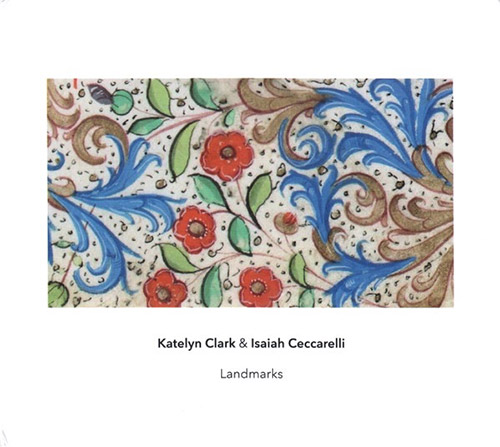

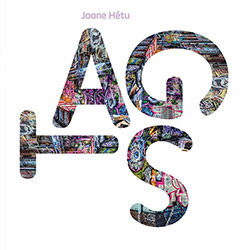

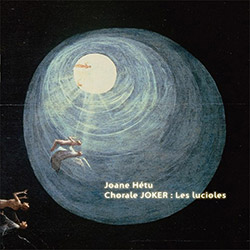




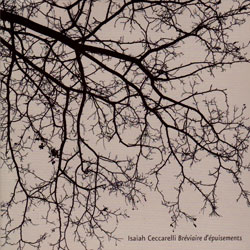


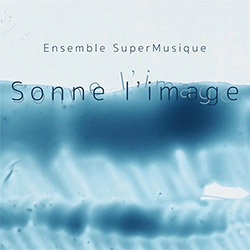
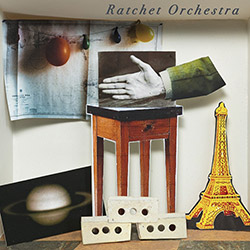





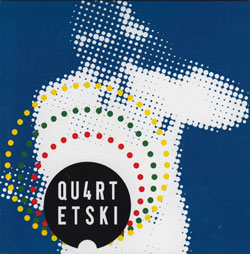

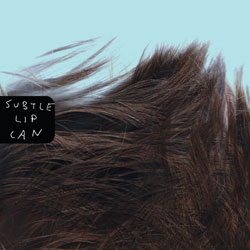
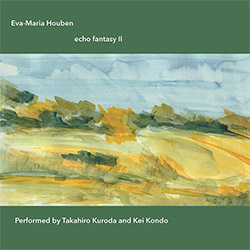





![HobbyHouse (Mia Dyberg / Axel Filip): HobbyHouse [CD + DOWNLOAD]](https://www.teuthida.com/productImages/misc4/36944.jpg)
![Mines, Kelsey / Erin Rogers: Scratching At The Surface [CD + DOWNLOAD]](https://www.teuthida.com/productImages/misc4/36945.jpg)
![Nebbia, Camila (feat/ Marilyn Crispell / Lesley Mok): A Reflection Distorts Over Water [CD + DOWNLOAD]](https://www.teuthida.com/productImages/misc4/36946.jpg)
![Vanheerentals, Adia: Taking Place [CD + DOWNLOAD]](https://www.teuthida.com/productImages/misc4/36947.jpg)
![Mines, Kelsey / Vinny Golia: Collusion and Collaboration [CD + DOWNLOAD]](https://www.teuthida.com/productImages/misc4/36948.jpg)
![Parkins, Zeena: Lament For The Maker [CD + DOWNLOAD]](https://www.teuthida.com/productImages/misc4/36949.jpg)
![Evans, Peter / Mike Pride : A Window, Basically [CD + DOWNLOAD]](https://www.teuthida.com/productImages/misc4/36950.jpg)

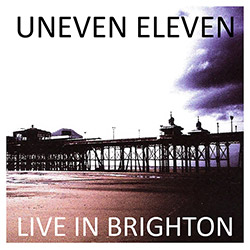
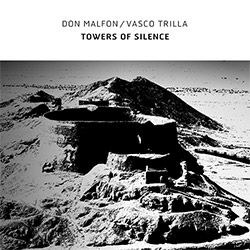
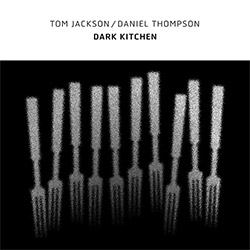
![Frey, Jurg : Composer, Alone [3 CDs]](https://www.teuthida.com/productImages/misc4/36927.jpg)
![Belorukov, Ilia / Alex Riva: Wrestling For Futility [CASSETTE w/DOWNLOAD]](https://www.teuthida.com/productImages/misc4/36994.jpg)
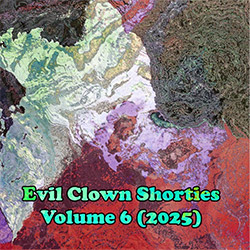
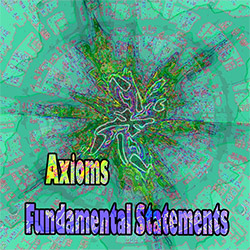





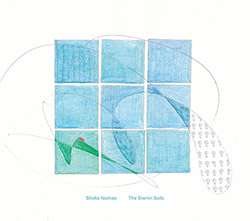
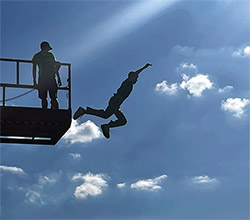
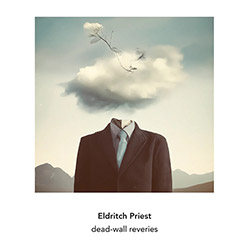
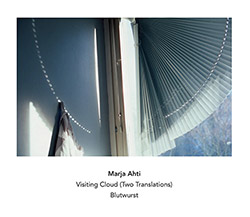

![Agnel, Sophie: Learning [VINYL]](https://www.teuthida.com/productImages/misc4/36841.jpg)

![Monaco, Amanda (w/ Michael Attias / Sean Conly / Satoshi Takeishi) : Deathblow [VINYL+ DOWNLOAD]](https://www.teuthida.com/productImages/misc4/36956.jpg)
![Frey, Jurg with ensemble]h[iatus: Je Laisse A La Nuit Son Poids D](https://www.teuthida.com/productImages/misc4/36988.jpg)
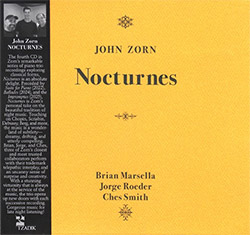
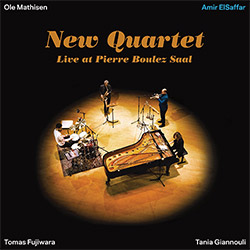
![ElSaffar, Amir / New Quartet : Live at Pierre Boulez Saal [VINYL]](https://www.teuthida.com/productImages/misc4/36830.jpg)


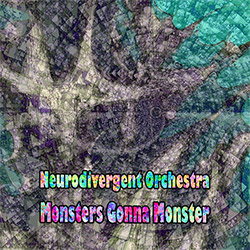
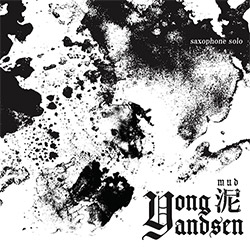

![Musicworks Magazine: #152 Fall 25 [MAGAZINE + CD]](https://www.teuthida.com/productImages/misc4/37004.jpg)
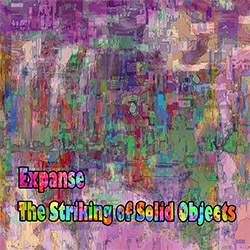




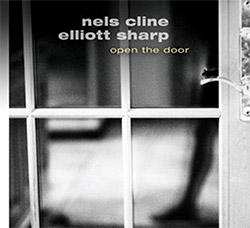
![[ahmed] (Thomas / Grip / Gerbal / Wright): Sama](https://www.teuthida.com/productImages/misc4/36976.jpg)

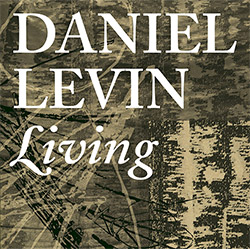
![Cleaver, Gerald / Brandon Lopez / Hprizm: In The Wilderness [COLOR VINYL]](https://www.teuthida.com/productImages/misc4/33060.jpg)
![McPhee, Joe : Defiant Jazz: a Joe McPhee Taster [VINYL]](https://www.teuthida.com/productImages/misc4/36859.jpg)
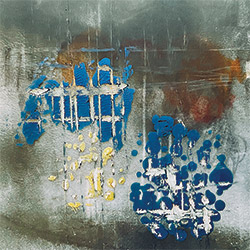
![Mateen, Sabir / Patrick Holmes / Federico Ughi : Survival Situation [LTD VINYL LP + DOWNLOAD]](https://www.teuthida.com/productImages/misc4/29891.jpg)
![Tucker, Dave / Pat Thomas / Thurston Moore / Mark Sanders: Educated Guess Vol. 1 [COLORED VINYL]](https://www.teuthida.com/productImages/misc4/30183.jpg)
![Sarian, Michael / Matthew Putman: A Lifeboat (Part I) [COLORED VINYL]](https://www.teuthida.com/productImages/misc4/30426.jpg)

![Genthon, Anouck / Lionel Marchetti: Suite Blanche [2 CDs]](https://www.teuthida.com/productImages/misc4/36642.jpg)
![Toeplitz, Kasper T.: Erosions Programmees [CD + BOOKLET]](https://www.teuthida.com/productImages/misc4/36639.jpg)
![Gate, The : Amost Live [CASSETTE + MAGAZINE]](https://www.teuthida.com/productImages/misc4/36836.jpg)
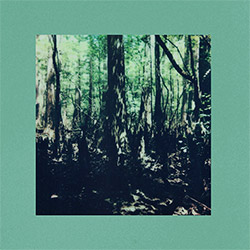


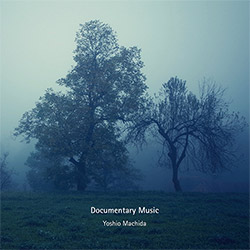
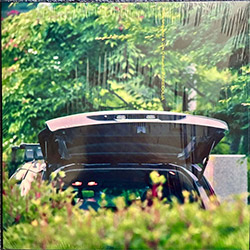
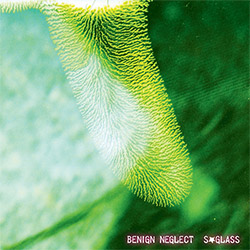
![A Magic Whistle: The Solar Cell [VINYL]](https://www.teuthida.com/productImages/misc4/36658.jpg)

![McGee, Hal: Columbus Expedition [Cassette w/ Download]](https://www.teuthida.com/productImages/misc4/36650.jpg)
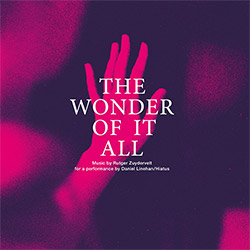

![Jaeger, Kassel: Fernweh [VINYL 2 LPs]](https://www.teuthida.com/productImages/misc4/36541.jpg)
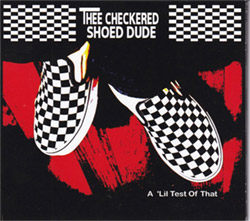




![+DOG+: The Light Of Our Lives [2 CDs]](https://www.teuthida.com/productImages/misc4/36009.jpg)


![Eternities: Rides Again [CASSETTE]](https://www.teuthida.com/productImages/misc4/36247.jpg)

![Lopez, Francisco: Untitled (2021-2022) [2 CDs]](https://www.teuthida.com/productImages/misc4/36438.jpg)

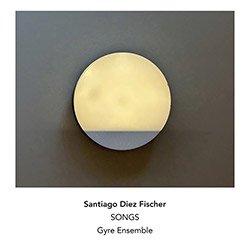
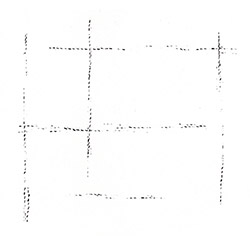
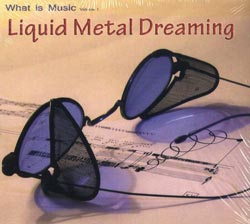

![Pisaro-Liu, Michael: Within (2) / Appearance (2) [2 CDs]](https://www.teuthida.com/productImages/misc4/36831.jpg)

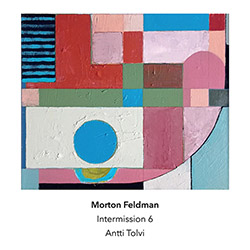
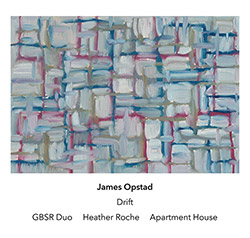
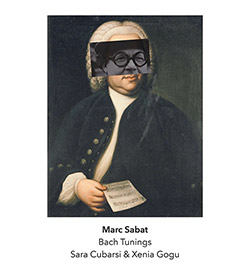
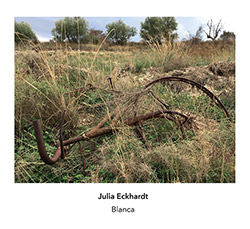
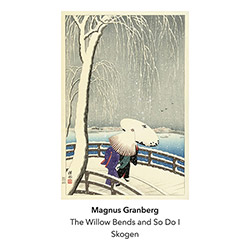
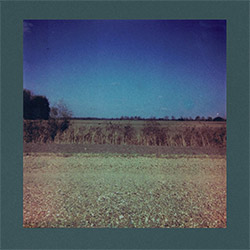
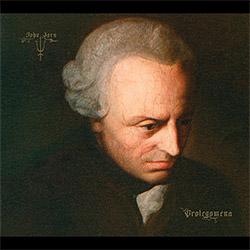
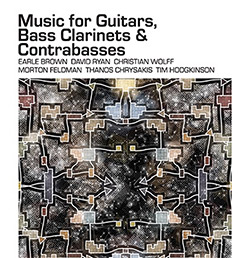

![Musicworks Magazine: #151 Summer 25 [MAGAZINE + CD]](https://www.teuthida.com/productImages/misc4/36559.jpg)

![Brown, Dan / Dan Reynolds: Live At The Grange Hall [unauthorized][CASSETTE]](https://www.teuthida.com/productImages/misc4/36245.jpg)


![Zorn, John: The Song of Songs [CD + CD BOOK]](https://www.teuthida.com/productImages/misc4/36923.jpg)

![Coultrain: Mundus [COLORED VINYL]](https://www.teuthida.com/productImages/misc4/33056.jpg)
![Hprizm: Signs Remixed [COLORED VINYL]](https://www.teuthida.com/productImages/misc4/30635.jpg)
![Halls Of the Machine: All Tribal Dignitaries [CASSETTE w/ DOWNLOAD]](https://www.teuthida.com/productImages/misc4/36134.jpg)


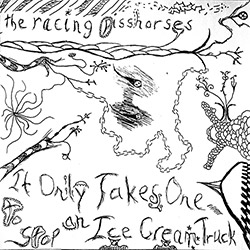
![Koenjihyakkei: Live at Club Goodman [2 CDs]](https://www.teuthida.com/productImages/misc4/36111.jpg)

![Sorry For Laughing (G. Whitlow / M. Bates / Dave-Id / E. Ka-Spel): Rain Flowers [2 CDS]](https://www.teuthida.com/productImages/misc4/35985.jpg)

![Rolando, Tommaso / Andy Moor : Biscotti [CASSETTE w/ DOWNLOADS]](https://www.teuthida.com/productImages/misc4/36106.jpg)


![Electric Bird Noise / Derek Roddy: 8-10-22 [CD EP]](https://www.teuthida.com/productImages/misc4/35970.jpg)








![Elephant9 : Mythical River [VINYL]](https://www.teuthida.com/productImages/misc4/34624.jpg)



![Elephant9 with Terje Rypdal: Catching Fire [VINYL 2 LPs]](https://www.teuthida.com/productImages/misc4/35355.jpg)
![Coley, Byron: Dating Tips for Touring Bands [VINYL]](https://www.teuthida.com/productImages/misc4/17906.jpg)

![Lost Kisses: My Life is Sad & Funny [DVD]](https://www.teuthida.com/productImages/misc4/lostKissesDVD.jpg)